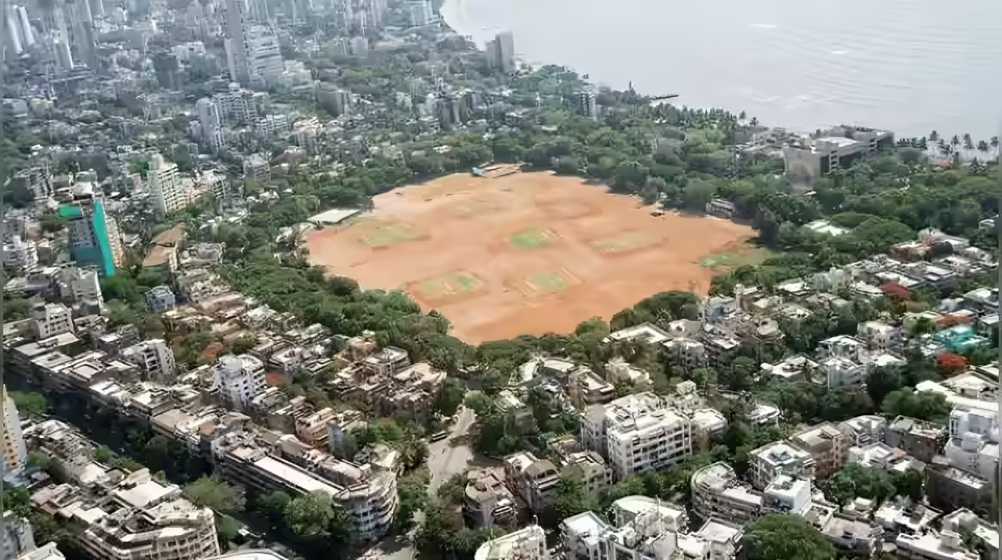November 18, 2025: The Maharashtra government has released a detailed policy framework to regulate compensatory tree plantation for public and infrastructure projects in Mumbai that require tree cutting on non-forest land. The decision follows the Supreme Court’s interim order of October 27, 2025, in a suo motu writ petition initiated in 2019.
The order was prompted after the BMC sought approval to fell trees obstructing ongoing public works, leading the bench to demand a structured process that balances development with ecological protection. In response, the state filed an affidavit and issued a comprehensive policy on November 16, focusing on scientifically planned, sustainable, and transparent plantation mechanisms. The policy requires the use of native tree species compatible with Mumbai’s climate, emphasising biodiversity and long-term ecological stability.
Local urban bodies must create and maintain land banks reserved exclusively for compensatory plantations. These sites may include recreational spaces or natural biomes with suitable soil and environmental conditions but cannot include protected wildlife areas or national parks unless permitted under their respective management plans.
Acknowledging Mumbai’s acute shortage of open spaces, the policy allows compensatory plantations for major public projects to be carried out on suitable lands across the Mumbai Metropolitan Region, with landowner consent. All saplings planted must be at least 12 feet tall, and authorities are responsible for their survival for a minimum of seven years, replacing any that die. To enhance transparency, officials must upload GPS coordinates, geotagged photographs, and detailed site data on official portals, with updates every six months. Citizens can report damaged or diseased trees on the BMC website, and plantation managers must act within 30 days.
Monitoring will be conducted by a committee chaired by the Divisional Forest Officer (Social Forestry), supported by forestry officials, an NGO representative, and the project agency’s representative as member secretary. Funds from civic and government bodies will be pooled into a dedicated, separately audited account. Required safeguards include eight-foot fencing, CCTV cameras, tree guards, regular watering, and organic fertilisers. Plantation sites over one hectare adjoining existing forests may be declared protected forests under the Indian Forest Act, 1927, while all sites will receive long-term protection as Urban Green Belts or No Development Zones.
The order was issued on behalf of the Maharashtra governor by Uday Dhage, Officer on Special Duty in the Revenue and Forest Departments, and is available on the state’s official website.





